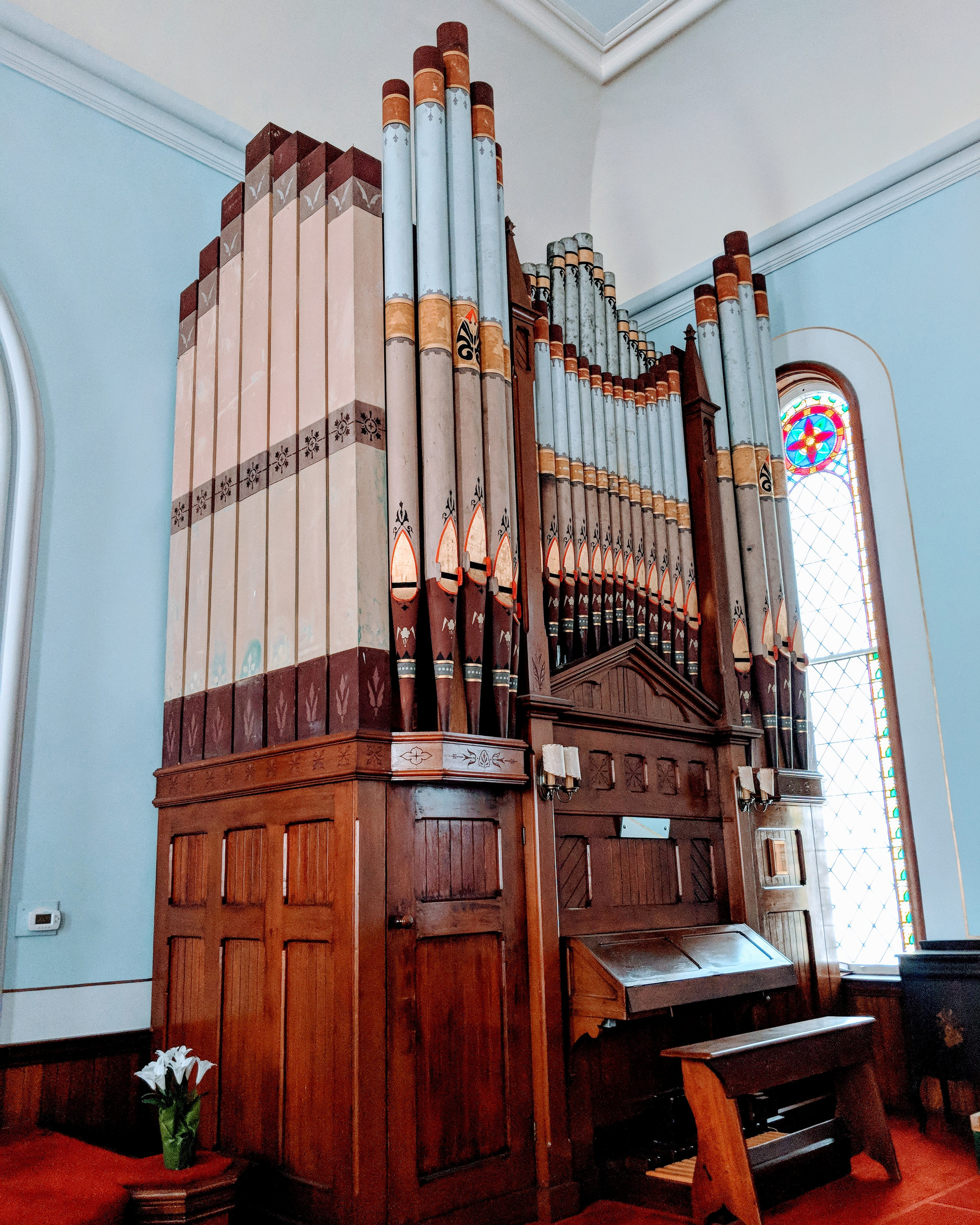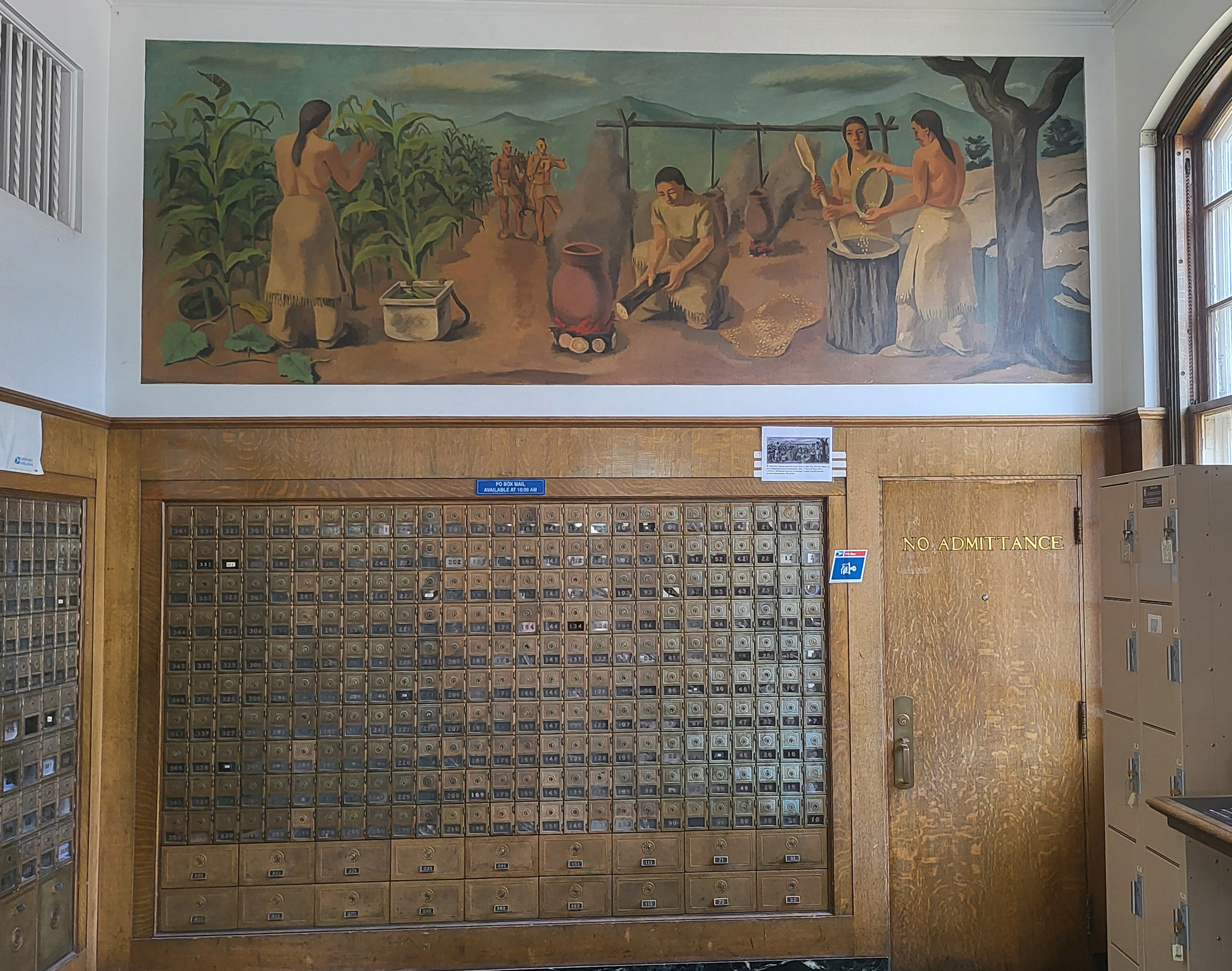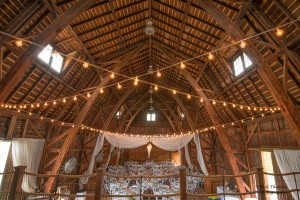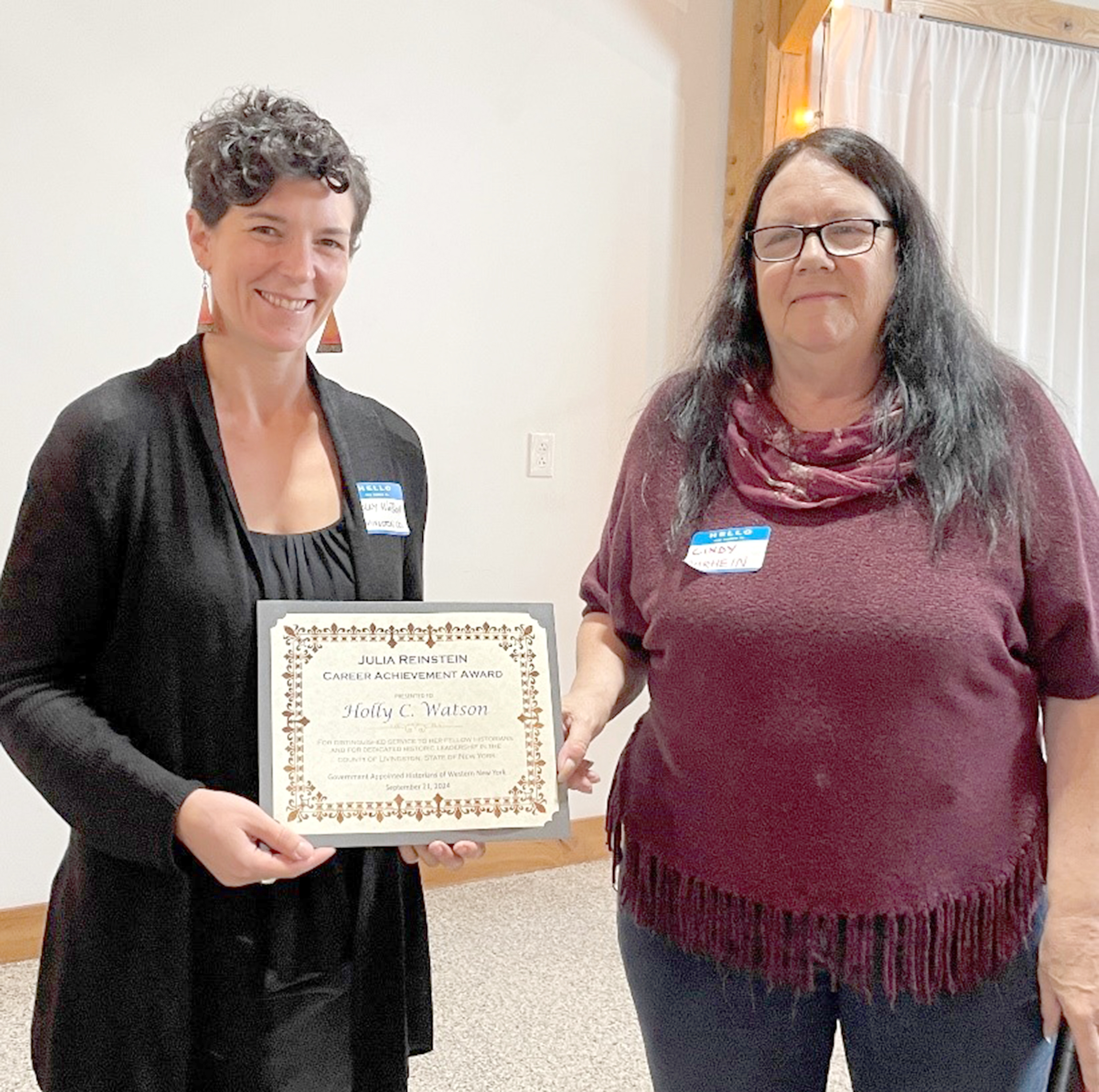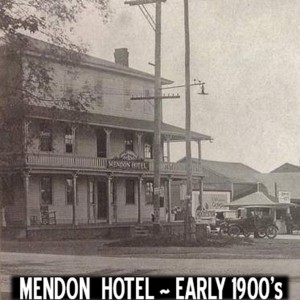
BY DEB AND TIM SMITH
SENECA FALLS STORIES ~ Of the hundreds of small towns that speckle the map of Upstate New York, two chance visits serve to give the village of Seneca Falls the bragging rights to perhaps call itself the most storied small town in the entire state. Ironically those visits took place almost exactly 100 years apart. And furthering the irony, one visit lasted a couple decades and the other lasted only a couple hours.
In the 1840’s Elizabeth Cady Stanton moved to Seneca Falls, hooked up with Susan B. Anthony, and subsequently made the village the focal point of the women’s suffrage movement. In the 1940’s, film producer Frank Capra visited the village during the planning phases of what would become, according to the American Film Institute, the 11th greatest movie of all time.
After his 1945 visit, Capra would subsequently use Seneca Falls as the inspiration for Bedford Falls, the setting of the classic Christmas film It’s a Wonderful Life. To be not only the epicenter of the women’s rights movement, but also the setting of the most classic Christmas movie of all time, makes for an intriguing and inordinately impressive small town resume.
THE MUSEUM ~ We spent this past Thanksgiving Eve at the It’s a Wonderful Life museum with cofounder Fran Caraccilo who shared with us some information that is general knowledge, as well as some other tidbits that have been passed down through the years only by word of mouth. Sometimes you have to go directly to the source to get the full story. What is to follow here are the most specific details you will have ever heard about how Seneca Falls became the inspiration for Bedford Falls in the movie It’s a Wonderful Life.
Right now gather ‘round the tree and we’ll share with you the story behind the story. This is a good one!
FRANK CAPRA COMES TO NEW YORK ~ In 1945, movie producer Frank Capra left his home in Los Angeles to visit actress Jean Arthur in New York City. It is documented that Capra arrived in New York on November 12th. Following a few days of promotional activities we know he met with Arthur on November 16th.
After this meeting Capra decided to drive through the Upstate New York Finger Lakes region to visit an aunt he seldom saw. Capra was traveling alone and he stopped in Seneca Falls ostensibly for the purpose of getting a haircut. But he apparently became captivated by the small town and spent a good period of time walking the streets and taking note of the village’s quaint charm and unique landmarks.
BONDING WITH THE BARBER ~ How do we know this, you might ask? It became apparent when Capra ultimately stopped for that aforementioned haircut. A local barber at the time was Tom Bellissima, and in an example of Italian immigrant irony, not only were both men immigrants, they both had been born on the island of Sicily, and shared the same sensual Sicilian accent. An immediately indelible bond was formed, and Capra proceeded to query Bellissima about several of the things he’d seen in town.
The barber Bellissima subsequently shared with museum founder Fran Caraccilo the contents of his in-depth conversation with Capra. At this point, as we are discussing this with Fran, we start to feel kind of an eerie historical ambiance undulating through our bodies as we realize that we are only one person away from the meeting where Frank Capra was inspired to make Seneca Falls the setting for one of the most revered films of all time. We are talking with the guy, who talked to the guy.
The range of Capra’s questions made it evident that he had done a thorough evaluation of the village because his questions covered landmarks from one end of the town to the other. But one thing seemed to stand out in Capra’s mind. He was particularly intrigued by the bronze memorial plaque that adorns the bridge over the Cayuga-Seneca Canal, which is the centerpiece of the village.
THE PLAQUE ON THE BRIDGE ~ To understand the significance of the plaque we’re going to have to take you back even further in time because the plaque commemorates an event that occurred in 1917, exactly 100 years ago. Cue up the Twilight Zone music.
If you can conjure up the plot of the movie in your head you’ll start to see some significant connections here. In April of 1917 a young woman named Ruth Dunham, despondent over a failed romantic relationship, attempted suicide by jumping off the bridge. A man named Antonio Varacalli witnessed the jump, and along with two friends initiated a rescue. Varacalli dove into the water, swam to midstream, and was able to grab hold of the girl. Fighting the current and the freezing water, Varacalli was able to tow her toward the shoreline where he succeeded in handing her off to his friend who had waded into the water with a rope tied around his waist, the other end of the rope being secured by the third man on the rescue team.
After delivering the girl to the shoreline, the friend returned to rescue Varacalli, but he was gone. Overcome by hypothermia, or exhaustion, or both, he was swept away by the current and his body was found downstream two hours later.
After giving up his own life to save another, Varacalli was subsequently bestowed hero status and the bronze plaque which Capra had seen, was mounted on the bridge at the site from where the girl had jumped. Of the many Seneca Falls nuances Capra experienced that day, none seemed more impactful than the bronze plaque which can still be seen at the same spot it was first displayed 100 years ago.
“THE GREATEST GIFT” ~ At the early stages of development, Capra was basing the movie on a short story he had bought the rights to, named “The Greatest Gift”. In this original story there is no mention of suicide. And the bridge that appears in the movie is nearly identical to the steel bridge with large metal girders that still stretches across the canal in downtown Seneca Falls. At this point, the impact that Seneca Falls had on the movie seems to become obvious, but there’s more.
Before we share with you the rest of the evidence, for the record, Capra never specifically disclosed a real life setting for the fictional town of Bedford Falls. But he did at one point confide to a friend the fact that his fictional town was indeed based upon a real life place. Capra went on to say that he would never specify what that place was because he wanted people in every small town in America to be able to think that Bedford Falls could be their town.
CONFIRMING THE THEORY ~ But in our minds there are a few more components of the movie which seem to validate the Bedford Falls = Seneca Falls theory. In the movie there are references to cities that seem to be fairly close to Bedford Falls which include Rochester, Buffalo, and Elmira. Original scripts also show that the college referred to throughout the film is Cornell. Afraid that Cornell might want some type of compensation for the use of their name, the RKO movie company had Capra delete “Cornell” from the script. In the movie all references to that institution of higher learning just say “the college”. If you take out a map of New York State and connect the dots, starting and ending with Seneca Falls and cycling through Elmira, Cornell (Ithaca), Buffalo and Rochester, you’ve just drawn a pentagon centered within western New York State.
THE EPIPHANY ~ The specifics will always be lost in the sands of time. But there is a vast amount of evidence that Frank Capra apparently had some type of epiphany that afternoon in Seneca Falls. The short story that the film was based upon mentions a bridge which, in the movie, turns out to look exactly like the one in Seneca Falls, the one from which the girl attempted suicide 100 years ago. But the original story had no references to Upstate New York, no mention of suicide and no town with the word “Falls” in the title.
For some reason Capra was drawn to this village as he clearly spent hours exploring that day. The fact that his extraordinary experience was coincidentally concluded with a boisterous brotherly bonding session with a fellow Sicilian apparently confirmed his fanciful feelings that when he somehow stumbled upon Seneca Falls that autumn afternoon, he had also certainly stumbled upon the venerable village which would become the storied seasonal setting of the greatest movie he would ever produce, and the greatest Christmas film of all time. It is indeed, a Wonderful Life!

